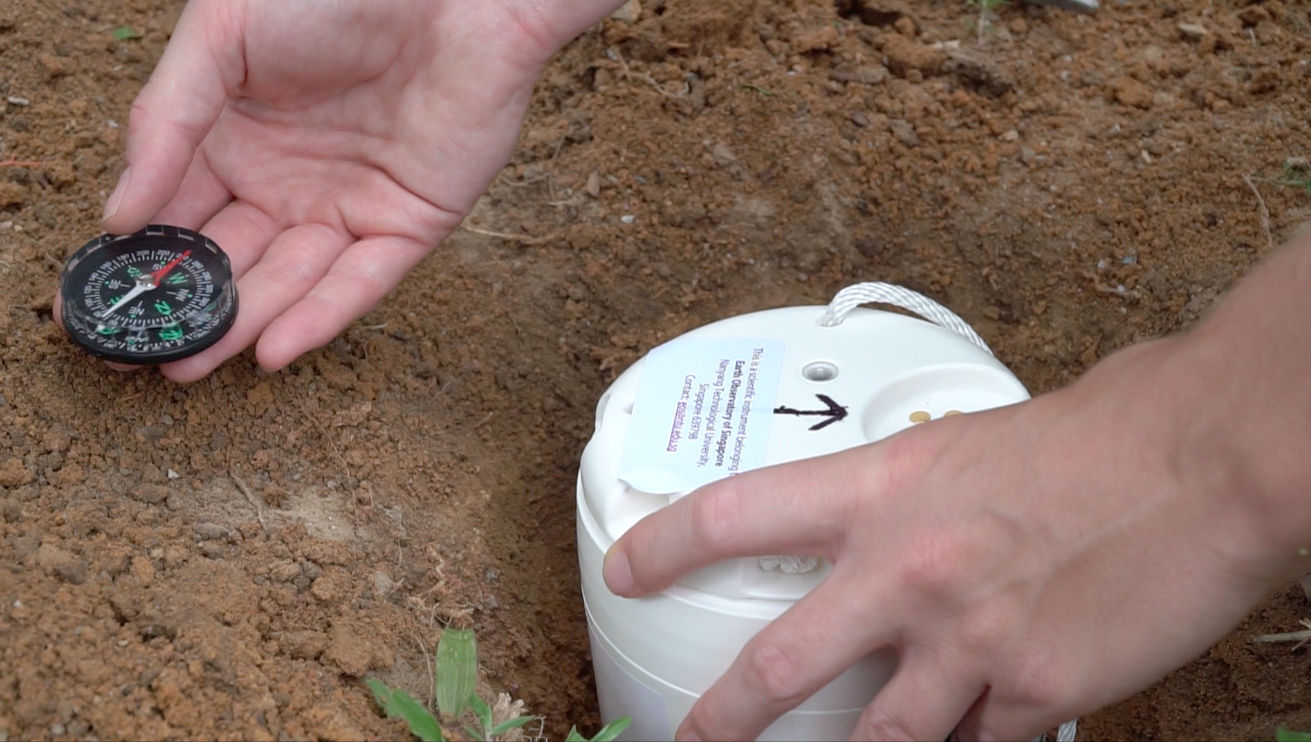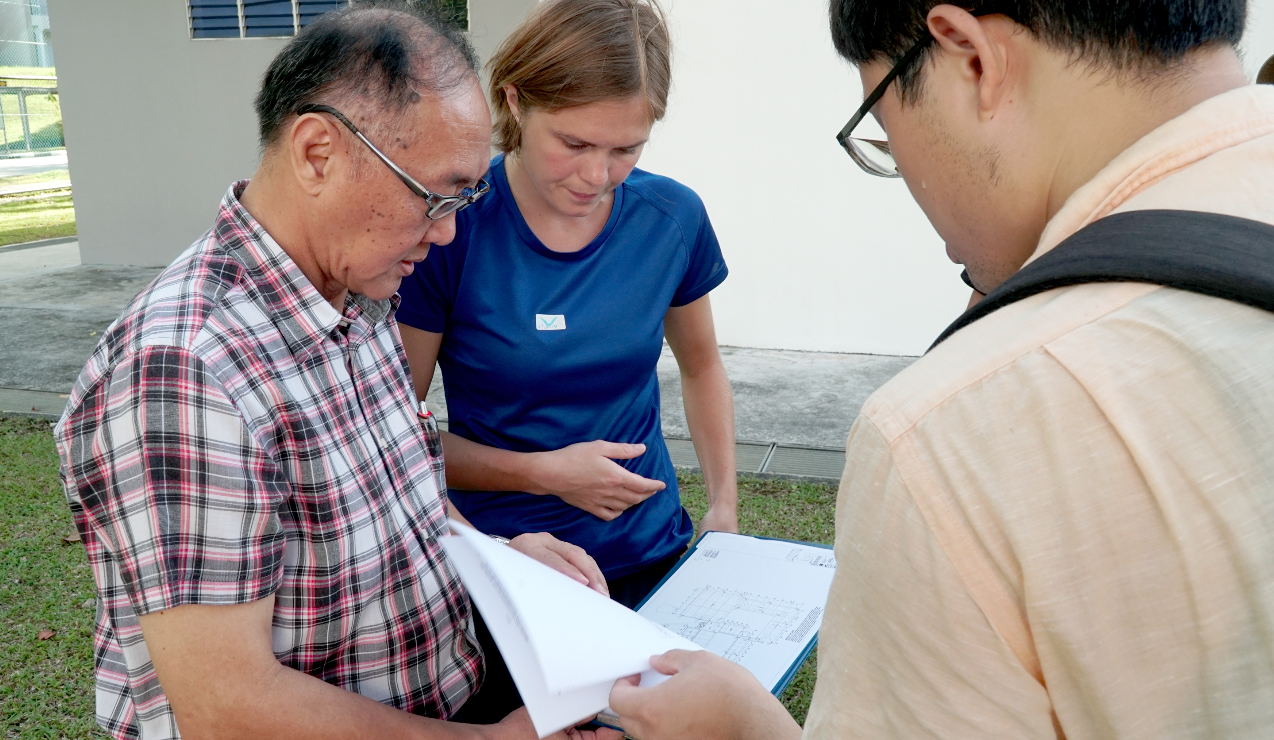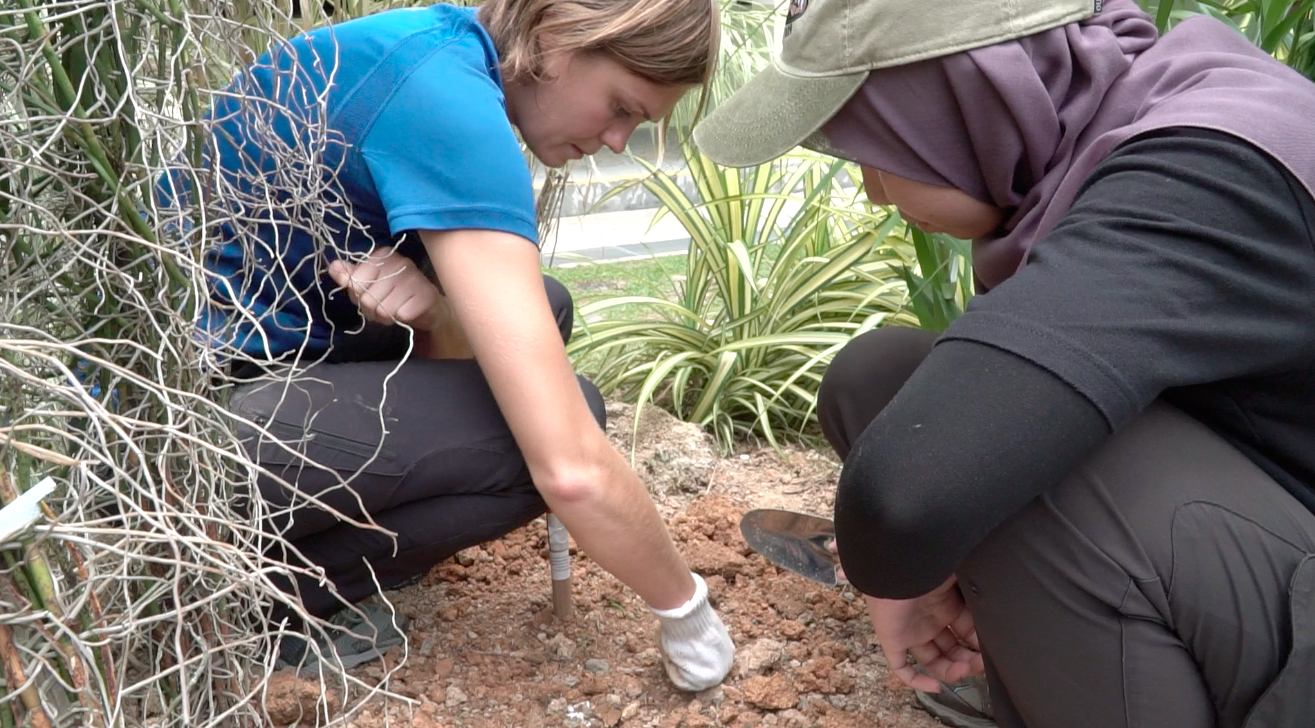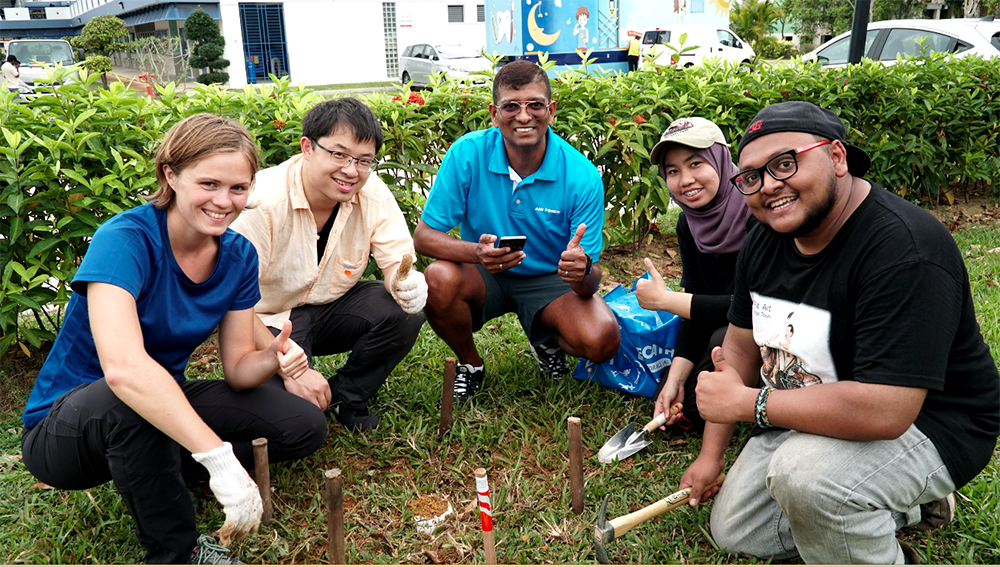What lies beneath Singapore?

With land in scarce supply, Singapore is increasingly looking underground for storage spaces and even city construction. A team from the Earth Observatory of Singapore (EOS) have started working on a seismic survey to find out more about Singapore’s underground seismic structure and seismic hazard. A total of 88 seismometers have been deployed at 87 sites across Singapore, including school, parks, nature reserves, and weather stations.

The underground may also hold valuable resources for Singapore, such as water and energy. One example of this is geothermal energy. Hot springs in Singapore are generated by hot rocks deep underground. We want to identify the source of this geothermal energy so that it can be scientifically assessed and possibly harnessed in the future.
The centre of Singapore is made up of a hard volcanic rock called granite, also known as the Bukit Timah granite. We expect most of Singapore to be underlain by granite, but we do not know how far below the ground this granite lies. This is important to know because granite may be a good rock in which to build underground structures, although it is difficult and expensive to drill through.

Another important reason for this seismic survey is to better understand Singapore’s seismic hazard. This seismic hazard may be from geological faults that run beneath Singapore, although we do not know how active these faults currently are.
Singapore experiences shaking from large earthquakes in nearby places like Sumatra. This shaking can be amplified by the local geological conditions – for example, reclaimed land may be particularly vulnerable to high shaking.

As the first large-scale survey of its kind in Singapore, what data will be recorded is still uncertain. But the team is eager to find out as the data tha is recorded will be highly valuable in future seismic surveys of Singapore.
Thanks to all the people who participated in the survey, including Nparks, Meteorological Service Singapore, PUB, Ministry of Education, and the relevant schools.